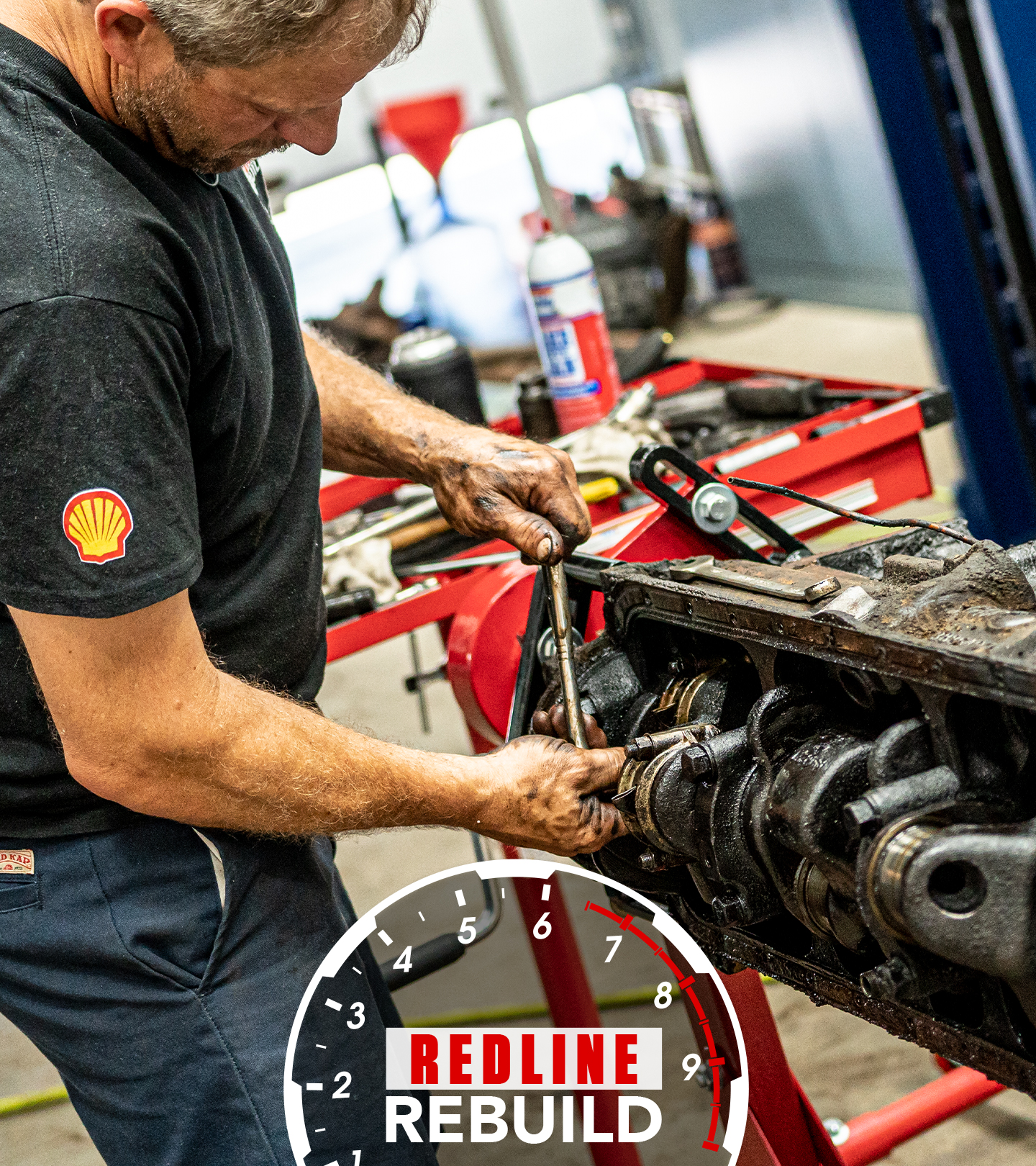How to bleed brakes—plus tips and tricks to make it easier - Hagerty Media
The process of bleeding air from a hydraulic brake system is simple, but it can become absolutely infuriating in no time for seemingly no reason. Luckily, Davin is here to help you stay out of trouble with the latest Hagerty DIY.
Removing the air from a hydraulic brake system is critical to proper function. If there are air bubbles in the system, instead of pressure from the master cylinder acting on the brake calipers or wheel cylinders, it will compress those bubbles of air in the lines. This results in spongy or otherwise mushy brake pedal feel. Anytime the system is opened—to replace a broke line or rusty caliper, for example—a bleed needs to take place to restore the system to proper working order.
It also has to happen in newly assembled systems, like that of the Redline Update Chevrolet 3600 pickup. Davin wanted to use the opportunity of this first brake bleed to share some of his favorite brake-bleeding tips.
One helpful tip that many folks don’t utilize is to put a few wraps of teflon tape on the bleeder screws. This seals the threads from air entering the system. It is important to remember, however, that this tape does not seal the system and is certainly not a replacement for a proper seal at the base of the bleeder screw. If you have a leak from the bleeder screw, teflon tape is not your fix. You need to go deeper into the system for it to function properly and safely.
Another tip is to fill the master cylinder and open the bleeder screws slightly for an hour or so before starting the bleeding process. This will start the flow of fluid through the lines, making the pressure bleeding process go quicker. Keep in mind the fluid might leak out of the bleeders, so be prepared and have something ready to catch that fluid so that it doesn’t damage any painted surfaces.
Davin’s top tip is one that applies to many parts of automotive repair—be patient. For something as important as your brakes, it is critical to take your time and do it right the first time. Luckily, if you follow Davin’s tips and process, you’ll be on the road in no time. If you have any tips of your own to add, comment below.











You can avoid spilling brake fluid by lowering the container below the height of the wheel cylinder before disconnecting the hose from the bleeder nipple. The fluid in the hose drains back into the bottle. It’s cleaner and you don’t get brake fluid on your fingers, floor or the backing plate.
great video!!!!!
I am working on a off-road vehicle with new Wilwood calipers, and a turning brake in between the system. Getting all the air out is always a major chore! Any suggestions ? Thank you.